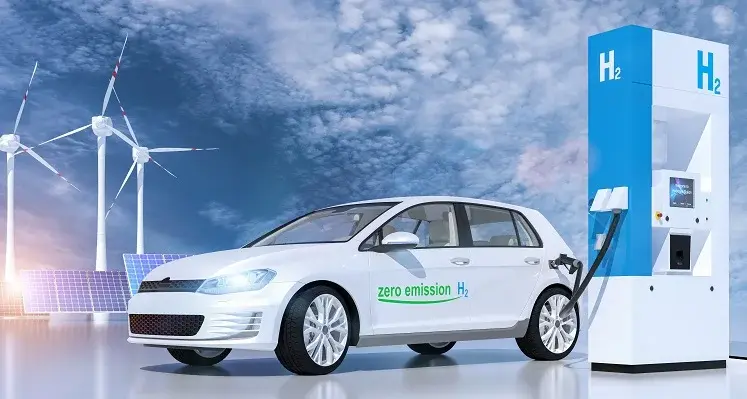In an exclusive article for Oil Review Middle East, Jom Madan, senior research analyst at Wood Mackenzie, discusses how the MENA region and its national oil companies are diversifying into new energies such as renewables and hydrogen
The Middle East produces a third of the world's oil supply, exporting 75% of its domestic output. Growing climate risks and the inexorable rise in transport electrification mean we expect global oil demand to peak within a decade. The Middle East is faced with a significant challenge – building a new energy economy means accelerating nascent diversification efforts and pushing towards ambitious net zero goals.
Economic imperative for diversification
Countries dependent on oil revenues are aware of the looming risks to demand and are taking steps to diversify their investments, enabled by replenished coffers from surging oil prices. These range from expanding petrochemical production to tap into the promise of demand growth in Africa and South Asia, to producing low-carbon hydrogen for export to Europe and Northeast Asia.
But few markets can accept the prices on offer – currently three to four times that of gas on an energy basis. Scale will be required to lower production costs, while policy support will be necessary to raise the price of carbon-intensive alternatives to parity. However, few places in the world are more suited to hydrogen production. In Wood Mackenzie’s base case and net zero scenarios*, we expect the global hydrogen trade to reach 4 to 10 Mtpa by 2030 and 42 to 119 Mtpa by 2050.
The Middle East may play a key role in decarbonising the global economy given its abundant natural resources, both fossil-based and renewable. Current and upcoming investments in carbon capture and blue hydrogen projects could lay the foundation for regional CCUS hubs, lowering costs and enabling adjacent industries to participate.
Energy super basins may emerge as the nexus of new energies investments could add up to more than the sum of its parts. The Middle East has an opportunity to attract foreign investment in high-value industrial sectors based on the region’s low-cost renewables and CO2 storage capacity as customers seek out low-carbon solutions in the face of the increasing adoption of carbon border taxes. Large-scale hydrogen production further allows the region to carve out new niches in the global economy, enabling expansions into adjacent areas such as the production of synthetic fuels, low-carbon chemicals, and emissions-free hydrogen into steel smelting.
See the full article in the latest issue of the Oil Review Middle East magazine here









